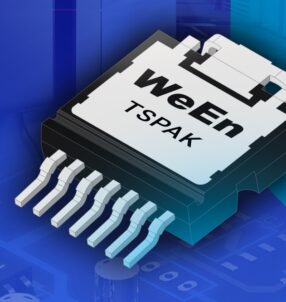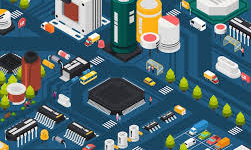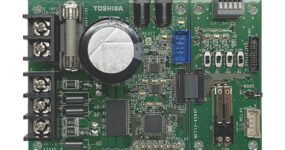
HIGHLIGHTS
- Intel’s Loihi self-learning chip likely to raise the bar for AI
- It is currently a test chip
- It will be made available to select university and institutions in 2018
Intel has announced a self-learning neuromorphic chip that could raise the bar for artificial intelligence. Codenamed Loihi, Intel’s self-learning AI chip is said to mimic “how the brain functions” by learning to operate based on various modes of feedback from the environment.
“This extremely energy-efficient chip, which uses the data to learn and make inferences, gets smarter over time and does not need to be trained in the traditional way. It takes a novel approach to computing via asynchronous spiking,” said Intel’s Doctor Michael Mayberry. Intel claims that Loihi is up to 1,000 times more energy-efficient than general purpose computing required for typical training systems.
The test AI chip by Intel will be made available to universities and research institutions with a focus on advancing AI in the first half of 2018.
The Loihi test chip’s features include fully asynchronous neuromorphic many core mesh that supports a wide range of sparse, hierarchical, and recurrent neural network topologies with each neuron capable of communicating with thousands of other neurons.
“The potential benefits from self-learning chips are limitless. One example provides a person’s heartbeat reading under various conditions – after jogging, following a meal or before going to bed – to a neuromorphic-based system that parses the data to determine a “normal” heartbeat. The system can then continuously monitor incoming heart data in order to flag patterns that do not match the “normal” pattern. The system could be personalized for any user,” explains Mayberry.
Intel details that each neuromorphic core includes a learning engine that can be programmed to adapt network parameters during operation, supporting supervised, unsupervised, reinforcement and other learning paradigms.
[“Source-gadgets.ndtv”]
| M | T | W | T | F | S | S |
|---|---|---|---|---|---|---|
| 1 | 2 | 3 | 4 | 5 | 6 | |
| 7 | 8 | 9 | 10 | 11 | 12 | 13 |
| 14 | 15 | 16 | 17 | 18 | 19 | 20 |
| 21 | 22 | 23 | 24 | 25 | 26 | 27 |
| 28 | 29 | 30 | 31 | |||



























